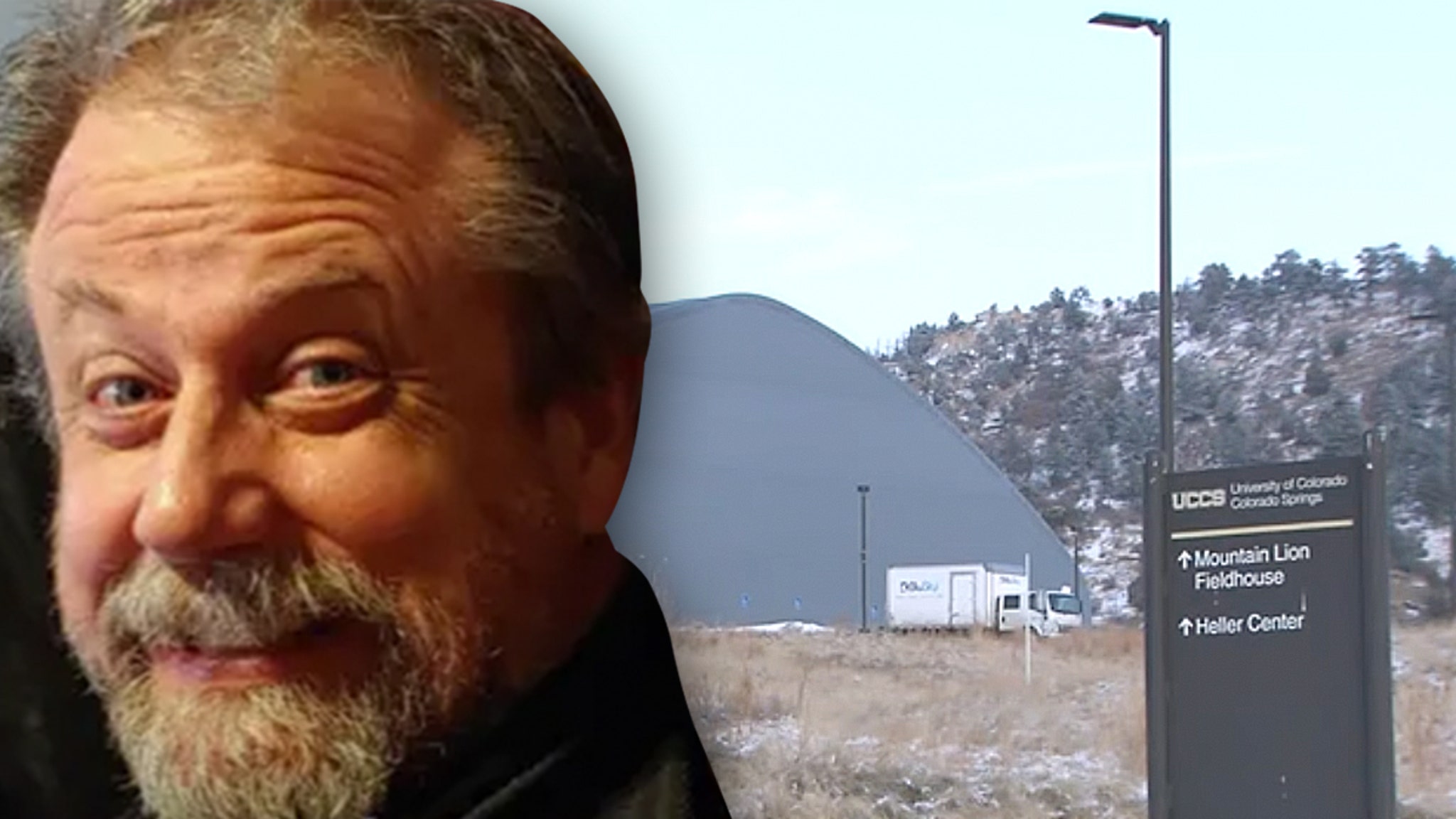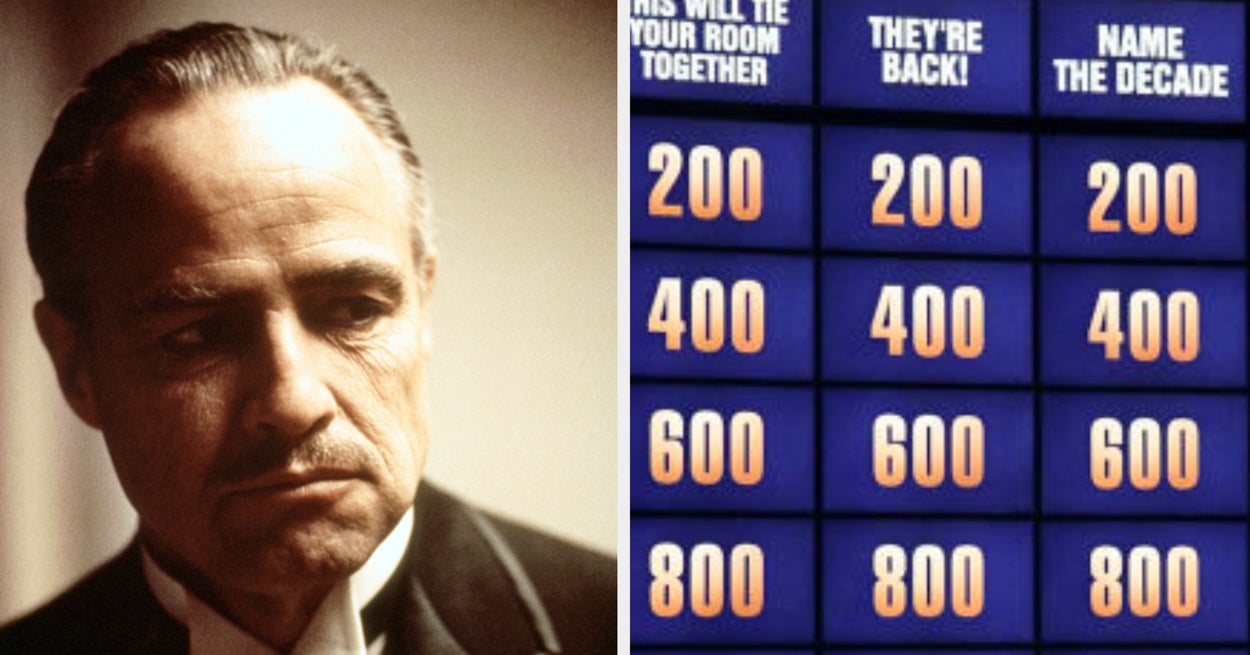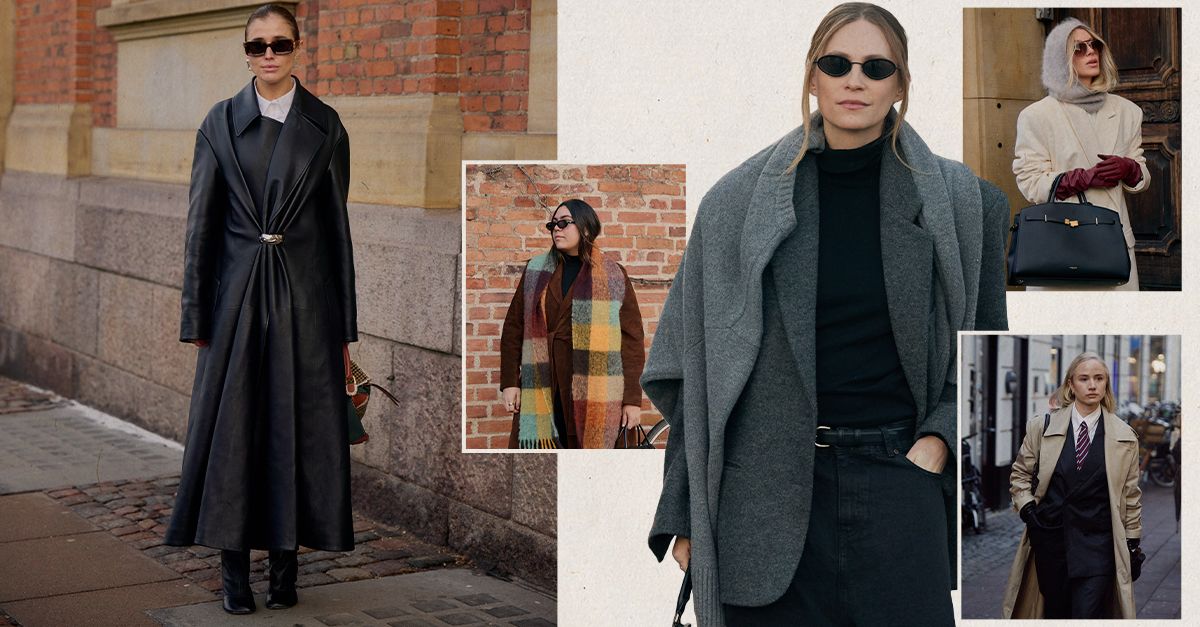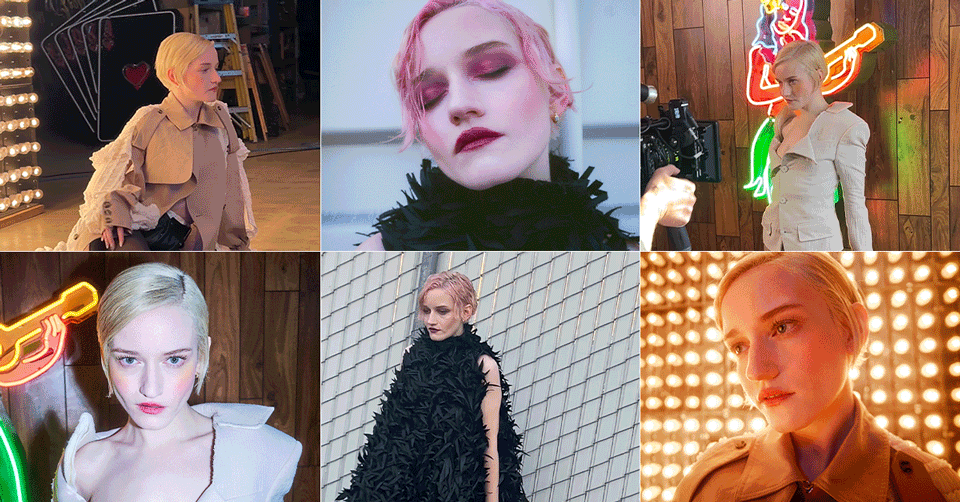In the shadowy corners of the supernatural, few artifacts have stirred as much unease and curiosity as the enigmatic Dybbuk box. This small, often ornate box is believed to contain the spirit of a malevolent demon or spirit that has been banished from a person or place, and is said to be anything but benign. According to Jewish folklore, the Dybbuk is a restless, usually malicious spirit that, having been unable to move on to the afterlife, seeks to possess the living. The idea of the Dybbuk itself is ancient, steeped in mystical traditions and tales of spiritual transgression and punishment, but the concept of trapping one within a box is a relatively recent addition to occult lore.
The fascination with these boxes has experienced a remarkable resurgence, catapulted into the limelight by their portrayal in horror films, dramatized retellings on paranormal investigation TV shows, and a plethora of videos from independent YouTubers eager to probe their mysteries. The phenomenon has spread like wildfire, with iterations of Dybbuk boxes now popping up on online marketplaces such as eBay, where the lines between purported authenticity and outright fabrication blur amidst the bidding wars.
The rise of the Dybbuk box as a cultural touchstone is as intriguing as it is unsettling. This article seeks to unravel the psychological threads that draw individuals to these objects of alleged terror. Why does the idea of owning a container said to imprison an unquiet spirit appeal to so many? What does the belief in the power of such boxes reveal about our collective psyche? Furthermore, as we witness the spectacle of YouTubers and social media influencers ceremoniously ‘unboxing’ these objects, we must ponder the ramifications of this viral trend. Is it a harmless fad feeding our fascination with the occult, or does it edge on a dangerous game that flirts with the profound and potentially perilous aspects of belief?

Join me, dear reader, as we open the proverbial box and peer into the abyss of human fascination with the Dybbuk box—exploring the psychological, cultural, and ethical dimensions of the Dybbuk box. We will delve into the historical and cultural contexts that have shaped the concept of the Dybbuk, and examine the ways in which it has been represented in literature, film, and other media. We will also explore the psychological and emotional impact that the Dybbuk box has had on individuals who have encountered it, and the ways in which it has been used as a tool for personal growth and transformation.
Throughout this journey, we will also consider the ethical implications of the Dybbuk box, and the potential consequences of dabbling in the supernatural. We will examine the boundaries between reality and fantasy, and the ways in which our beliefs and fears shape our perceptions of the world around us.
Ultimately, our exploration of the Dybbuk box will serve as a reminder that the unknown can be both fascinating and terrifying, and that the power of our imagination can be both a source of wonder and a source of fear. By delving into the mysteries of the Dybbuk box, we will gain a deeper understanding of ourselves and the world we live in, and we will be better equipped to face the challenges and mysteries that lie ahead.
The Alure of the Dybbuk Box
Historical Allure and Modern-Day Fascination
The Dybbuk box, an object of contemporary curiosity, finds its origins in the whispers of the past. Dybbuk lore tells of spirits that have veered from their destined path, lingering in the liminal space between worlds. The tales speak of these entities clinging to the physical realm through possession, driven by unresolved matters or malevolent intent. Historically, these narratives served as cautionary tales, moral compasses, and explanations for the inexplicable in a world rife with mystery.
As time marched forward, the Dybbuk’s place in folklore evolved. The notion of containing such a spirit within a box is a modern construct, one that reflects the human desire to compartmentalize and control the intangible. This evolution from ancient lore to tangible artifact has bridged the gap between the mystical traditions of old and the secular fascination of the new age. Today, the Dybbuk box is not only a subject of horror entertainment but also a sought-after item for collectors and enthusiasts, indicating a profound shift from fear to fascination.
Psychological Appeal of the Paranormal
The allure of the paranormal is no modern phenomenon; it is a fire that has been kindled in the human heart for millennia. But what is it that draws us so compellingly toward the unknown? The answer lies in the dual thrill of fear and the allure of mystery. Fear, when experienced within a controlled environment, becomes a form of “safe danger”—a way to feel the rush of adrenaline without facing actual peril. It is the same principle that fills the seats of horror movie theaters and propels people to strap into the highest of roller coasters.
The Dybbuk box, with its promise of a contained yet potent supernatural presence, perfectly encapsulates this concept of “safe danger.” It offers a brush with the other side that is at once tantalizing and terrifying, allowing individuals to flirt with the fringes of their own bravery in a setting where the lid can, theoretically, always be closed.
Ownership and Control of the Dybbuk Box

The act of owning a Dybbuk box adds another layer to the psychological dance with the paranormal. Possession of such an object often implies a degree of control over the spirit within, providing the owner with a sense of power over the supernatural. This control is illusory, as the true nature and existence of the Dybbuk remain beyond the grasp of human command, yet the mere belief in such control can be a powerful psychological force. For some, it’s akin to holding the reins of the unknown, a tangible representation of mastering one’s deepest fears.
However, ownership of a Dybbuk box is not without its mental consequences. It can create a complex psychological dynamic between the individual and the object. On one hand, there is the thrill of possessing something that is potentially dangerous and forbidden, which can elicit a sense of daring and boldness. On the other hand, it can also invoke a deep, existential unease—a constant reminder of the proximity to a realm that is better left undisturbed.
Moreover, the act of owning a Dybbuk box often carries with it a performative element. In a society that increasingly values the sharing of experiences, the owner of a Dybbuk box may find themselves at the center of attention, their social standing momentarily elevated by the intrigue and mystery their possession inspires. Yet, this attention can feed into a cycle of belief and expectation, where the line between reality and psychological suggestion becomes as ethereal as the spirit said to reside within the box.
In our next section, we will delve deeper into the psychological fabric that weaves together belief, skepticism, and the human fascination with objects that are said to bridge the gap between our world and the one that lies just beyond our understanding. The Dybbuk box, whether an artifact of cultural heritage or a contemporary novelty, serves as a perfect case study to explore these timeless human experiences.
Real Versus Fake – The Power of Belief
Authenticity in the Age of Mass Production
In a world where the arcane and the assembly line intersect, the question of authenticity becomes as enigmatic as the items in question. The Dybbuk box phenomenon is no exception. The market’s inundation with purportedly haunted objects begs the question: what makes a Dybbuk box genuine? Is it age, provenance, or the intricacy of its craftsmanship? Or, perhaps, is it the narrative that accompanies it—a chilling story that entwines the box with the fabric of the supernatural?
Authenticity, in the realm of the occult, is often less about the object and more about the history and legend that shroud it. A Dybbuk box is not merely wood, metal, or stone; it is the vessel of a story, a narrative that imbues it with a life beyond the physical. In the age of mass production, where replicas and fakes abound, the perceived authenticity of a Dybbuk box hinges on the tale it tells and the credence given to it by its believers and purveyors.

The Psychology of Belief and Skepticism
Belief in the paranormal, like all belief systems, is underpinned by a complex interplay of cognitive biases and psychological needs. Confirmation bias, for instance, leads individuals to notice and give weight to evidence that supports their pre-existing beliefs while discounting that which does not. This bias is particularly potent in the realm of the paranormal, where the intangible and the unprovable reign supreme.
Skepticism serves as the counterbalance to belief, rooted in critical thinking and the scientific method. It is the skeptic’s eye that scrutinizes claims of the supernatural, seeking empirical evidence and logical consistency. Yet, the tension between belief and skepticism is often more than an intellectual exercise; it is a reflection of our innate struggle to make sense of the world, to find order amidst chaos.
Dangers and Consequences of Belief
The belief in and ownership of objects like Dybbuk boxes are not without potential repercussions. Psychologically, the conviction that one possesses a cursed or haunted object can lead to heightened anxiety, paranoia, and fear—emotions that can have real-world implications for an individual’s mental health. Socially, these beliefs can create rifts, as the possessed object becomes a focal point for communal tension, fear, and ostracization.
The dangers become particularly acute for those who are prone to suggestion or who may already be grappling with psychological issues. The power of suggestion can manifest in psychosomatic symptoms, where the individual may experience real physical effects stemming from their belief in the curse of the Dybbuk box. Such effects can range from sleep disturbances and unease to more severe stress-related symptoms.
Moreover, in communities or groups that strongly believe in the supernatural, there can be an increased risk of collective hysteria or mass psychogenic illness, where the fear and symptoms associated with the object in question spread through the group, despite the absence of any direct physiological cause.
It is crucial, then, for us to consider not only the individual impact of belief in Dybbuk boxes but also the broader societal implications. The narratives that empower these objects can bind communities in shared fascination, but they can also sow discord and distress. As we navigate the murky waters of belief in the occult, we must remain aware of the delicate balance between the psychological allure of the mysterious and the potential for harm that such beliefs may invite.
In the next phase of our exploration, we will turn to the digital stage where Dybbuk boxes have found a new lease on life—the realm of social media and viral content. It is there that we will dissect the phenomenon of Dybbuk box unboxing videos and their impact on viewers, creators, and the broader conversation surrounding belief in the paranormal.
The Viral Trend of Dybbuk Box Unboxing
The Unboxing Trend and its Growth on Social Media
Unboxing videos have burgeoned into a cultural phenomenon of their own, captivating an audience that spans the globe. These videos, often featuring the revealing of products with bated breath and palpable excitement, have become a staple in the world of social media. The Dybbuk box, with its aura of mystery and danger, has found a curious niche within this trend. The sheer concept of unveiling a container purported to hold a malevolent spirit has proven irresistible to many, garnering views and stirring discussions across platforms.
One such example of people opening these boxes is when Casey Nolan of Mindseed TV opens a Dybbuk box on his YouTube Channel.
The allure of these videos lies not only in the human love for surprises and new discoveries but also in the deep-rooted intrigue for the esoteric. The tactile sensation of removing layers, the sounds of packaging giving way to what lies within, all serve to build an almost ritualistic anticipation. This, coupled with the promise of a brush with the supernatural, has propelled the Dybbuk box unboxing trend into the limelight, satisfying a collective appetite for the thrill of potential contact with the otherworldly.

Subsection 2: Consequences of Viral Content
As enthralling as these unboxing videos may be, they do not exist in a vacuum. The content can act as a double-edged sword, perpetuating fear, superstition, and even misinformation. Viewers may find themselves swept up in the narrative, suspending disbelief and embracing the lore surrounding the Dybbuk boxes, which can sometimes lead to a blurring of the lines between fiction and reality. The power of suggestion is potent, and the replication of these unboxing moments can instill a sense of unease or dread that reaches far beyond the screen.
The real-world consequences of popularizing such content are multi-faceted. For some, these videos may inspire a foray into the occult that they are ill-prepared to handle, potentially inviting psychological distress or fear into their lives. For others, the videos may reinforce pre-existing superstitions, validating and deepening beliefs that might otherwise be questioned or abandoned.
Responsibility of Content Creators and the Ethical Question
The creators of Dybbuk box unboxing videos walk a fine line between providing entertainment and potentially courting psychological disruption. As stewards of content that reaches a vast audience, they hold a certain level of responsibility for the narratives they promote and the reactions they may incite. It raises the question: where does one draw the ethical boundary between creative expression and the potential to cause harm?
Content creators often operate within a space where sensationalism is rewarded with clicks, views, and viral fame. The more shocking or spine-chilling the video, the greater the potential for widespread attention. However, with this attention comes a duty to consider the impact of their content. Unboxing a Dybbuk box may be framed as light-hearted fun or thrilling entertainment, but it can also sow seeds of fear and anxiety among impressionable audiences.
The ethical quandary deepens when considering the possibility that some creators may knowingly exploit the Dybbuk box’s cultural and historical background for shock value, without fully understanding or respecting the origins of the concept. This not only risks cultural insensitivity but also contributes to the spread of misconceptions about a rich and complex tradition.
Creators must navigate the tightrope of respecting their audience’s emotional and psychological well-being while also engaging in storytelling and exploration of the unknown. They should consider providing context, encouraging skepticism, and offering reassurance to viewers who may take the content at face value. Transparency about the nature of the content—distinguishing between what is entertainment and what claims to be factual—is crucial in maintaining ethical integrity.

The boxes continue to draw people in
While the phenomenon of unboxing videos can provide a source of entertainment and curiosity, the emergence of Dybbuk box unboxing videos adds a layer of complexity with serious potential consequences. The cultural impact of these videos has extended beyond mere fascination, cultivating a climate rife with fear, superstition, and sometimes even physical harm. Reports of distressing incidents and, in extreme cases, death, have raised concerns about the content’s influence and the responsibilities of those who create and consume it. It is crucial for both content creators and viewers to approach these videos with an understanding of the possible ramifications and to navigate this landscape with a heightened sense of caution and awareness.
The supposed most haunted object in the world is a box located in Zak Baggins haunted museum where it is kept in a glass display case along with thermal controls and continuous monitoring.
As we move forward to further sections, our exploration will delve deeper into the broader cultural ramifications of the Dybbuk box phenomenon. We will examine how communities are reacting to the surge in popularity of these artifacts, the responses they provoke, and the conversations they ignite. Our focus will be on fostering a dialogue that encourages a more informed and responsible engagement with such captivating yet contentious subjects. It is through this discourse that we can hope to balance the intrigue of the Dybbuk box with a mindful approach that respects the power of belief and the potential impact on individuals and communities.
Cultural Impact and Community Response
Community Reactions and the Power of Testimony
The resurgence of interest in Dybbuk boxes has not gone unnoticed, eliciting a spectrum of reactions from various communities. Paranormal enthusiasts often greet these objects with a mixture of reverence and excitement, viewing them as tangible links to the otherworldly realms they seek to understand. For some within this community, personal testimony and anecdotal evidence serve as powerful validations of their beliefs, despite the lack of empirical proof. The stories shared by those claiming to have experienced the effects of a Dybbuk box can hold significant sway, amplifying the mystery and allure of these objects.

Religious groups, particularly within Judaism, may view the trend with concern or even disdain, as it often involves the misinterpretation and commercialization of profound spiritual concepts. The Dybbuk, in traditional Jewish thought, is a complex entity, and its treatment as a commodity can be seen as a trivialization of deeply held beliefs.
Skeptics, on the other hand, approach the Dybbuk box phenomenon with doubt and critical analysis, questioning the veracity of the claims made by sellers and owners alike. They challenge the power of personal testimony, advocating for rational inquiry over emotional conviction. In online discourse, the skeptic’s voice often clashes with that of the believer, leading to heated debates and a divide in opinion.
Impact on Jewish Culture and Misappropriations
The commercialization of Dybbuk boxes has raised pressing concerns about the commodification and potential misrepresentation of Jewish mystical concepts. The Dybbuk, rooted in Kabbalistic thought and Jewish folklore, is a spiritual concept with a rich and nuanced history. Its adaptation into a marketable item risks stripping away the cultural and religious context, leading to a form of cultural appropriation that can be both insensitive and harmful.
The distortion of traditional beliefs for entertainment or profit not only disrespects the origin culture but also perpetuates misunderstandings about Jewish mysticism and its place within the broader Jewish faith. As these objects are bought and sold, the essence of the Dybbuk’s original meaning is often lost, replaced by a sensationalized version that aligns more with Hollywood tropes than with authentic religious doctrine.
This misappropriation also has implications for the Jewish community, which may find itself having to navigate the murky waters of explaining and defending its traditions against a backdrop of misinformation. It is imperative that the cultural significance of the Dybbuk is approached with sensitivity and respect.
Educating the broader public about the true origins and significance of the Dybbuk could help mitigate the potential negative effects of such misappropriations. This education could foster a deeper understanding and appreciation for Jewish mystical practices, distinguishing between their authentic cultural context and the often distorted portrayals seen in popular media.
Furthermore, the Jewish community may find itself in a position to clarify misconceptions, not only to protect the integrity of its traditions but also to prevent the exploitation of religious concepts for shock value. The engagement of Jewish scholars, rabbis, and cultural educators in public discourse is essential in providing a more accurate representation of the Dybbuk’s place within Jewish culture.

As we consider the various community responses, it becomes clear that the conversation around Dybbuk boxes is not just about belief in the paranormal, but also about cultural sensitivity, the importance of preserving tradition, and the challenges posed by the digital age’s ability to blur and spread narratives at an unprecedented scale.
In the following sections, we will address how we can navigate these cultural sensitivities and the role that education and responsible storytelling can play in shaping a more respectful and informed dialogue around the topic of Dybbuk boxes and other cultural artifacts that have found their way into the limelight of the paranormal stage.
Navigating the Realm of the Dybbuk Box
Educating the Public on Paranormal Phenomena
The realm of the paranormal, brimming with enigmas and the allure of the unknown, often becomes a breeding ground for myths and unfounded beliefs. In the face of such fascination, education emerges as a crucial tool in dispelling misconceptions and fostering an environment where critical thought can flourish. By providing accurate information and context, we can demystify paranormal phenomena, such as the Dybbuk box, and encourage a more rational approach to the supernatural elements that pepper popular culture.
To this end, educational initiatives can take many forms, from academic articles and public lectures to informative content on social media platforms. These efforts should aim to clarify the historical and cultural origins of paranormal beliefs, the psychological mechanisms that underlie them, and the impact they can have on individuals and society. By engaging with the public in an open and accessible manner, we can help to promote a healthy skepticism that appreciates the richness of cultural folklore while maintaining a commitment to empirical evidence and logical reasoning.

Developing a Critical Lens for Paranormal Content
In an age where information—and misinformation—can spread with a few keystrokes, developing a critical lens for assessing paranormal content is more important than ever. For those intrigued by the Dybbuk box and similar phenomena, it is essential to question the sources of the stories they encounter. Is the narrative being presented for shock value, or is it supported by credible evidence? Are there potential motives, such as financial gain or notoriety, that might influence the reliability of the claims?
Readers and viewers must be encouraged to seek evidence and consider alternative explanations. They should be aware of the common tropes and narrative devices used in storytelling, recognizing that a compelling tale does not necessarily equate to truth. Additionally, understanding the role of confirmation bias and other cognitive biases can help individuals critically evaluate their beliefs and the content they consume.
By fostering a critical mindset and a discerning eye, we can appreciate the fascinating world of the paranormal without falling prey to deception or unsupported claims. Through education and critical thinking, we can navigate the realm of the Dybbuk box with both a sense of wonder and a grounding in reality, ensuring that our engagement with the supernatural is both informed and respectful.
To further this aim, it is incumbent upon educators, content creators, and thought leaders in the paranormal community to provide tools and frameworks for critical analysis. Workshops on media literacy, specifically tailored to paranormal content, can empower individuals to dissect and understand the construction of such narratives. Debunking sessions led by experts in fields such as folklore, psychology, and magic can reveal the techniques often used to simulate paranormal occurrences, thereby inoculating the public against being misled by such displays.

A critical lens also involves an examination of one’s own biases and why one may be drawn to believe in the paranormal. Self-reflection is key; understanding personal motivations can help separate emotional engagement from objective analysis. By promoting a culture that values questions as much as the thrill of the mysteries themselves, we can create a more nuanced and mature engagement with paranormal phenomena.
As we advocate for a critical lens, we must also recognize the intrinsic human need for wonder and the unknown. It is not a call to strip away the magic of the world, but rather to appreciate it with eyes wide open to the marvels of reality as well as the allure of legend. The balance between open-minded exploration and discerning scrutiny will allow for a rich yet reasoned experience of the paranormal, one where curiosity is matched by caution and where education provides the compass by which we navigate the ever-fascinating twilight zone of the Dybbuk box and beyond.
The journey through the entwined paths of belief, culture, and the supernatural leads us to a crossroads. Here, we must choose between surrendering to the siren call of unvetted claims or embracing the robust challenge of informed inquiry. As we chart our course, let us carry forward the lessons gleaned from our exploration, holding fast to a reverence for tradition and a commitment to truth. In doing so, we honor both the history behind the Dybbuk box and our own relentless pursuit of understanding in a world brimming with both seen and unseen wonders.
The Dybbuk Box
In the shadow-draped corridors of the unknown, the Dybbuk box stands as a testament to humanity’s enduring fascination with the paranormal. Our exploration has unearthed the complex psychological tapestry that underpins belief in such haunted artifacts. From the historical allure rooted in Jewish folklore to the adrenaline-fueled thrill of “safe danger,” the Dybbuk box’s enigma captivates and terrifies in equal measure. The digital age has magnified this allure, with unboxing videos becoming a nexus of fear and fascination, often blurring the lines between entertainment and reality.
The phenomenon of the unboxing video, while at times a conduit for misinformation and fear, also underscores the profound impact of belief and narrative on our perception of reality. The Dybbuk box’s rising popularity is a mirror reflecting our collective psyche’s darker recesses and the primal allure of the forbidden.

Yet, with great power comes great responsibility. As we traverse the ethereal realms of the occult, the onus falls upon us—writers, content creators, and consumers—to uphold the pillars of critical thinking. We must sift through the chaff of superstition to grasp the grains of truth, to question the source, to seek evidence, and to understand the role of storytelling in the paranormal narrative. This is not to dim the luster of the mysterious but to navigate its waters with discernment and respect.
Therefore, I call upon you, dear reader, to engage with the paranormal with an open yet cautious mind. Embrace the unknown, but do so responsibly and ethically, ever mindful of the broader cultural and psychological impacts. Let us honor the origins and traditions from which these stories arise and approach the Dybbuk box not just as a curiosity, but as a cultural artifact steeped in history and human experience.
As we close this cryptic chest of knowledge, let us carry forth the light of understanding, illuminating the shadows cast by the Dybbuk box and the many mysteries yet to be unboxed.






































:quality(85):upscale()/2025/01/30/728/n/1922564/bae21b97679ba8cf1dcb88.10828921_.png)
































![Brilliant Minds Season 1 Finale Review: [Spoiler’s] Return Throws Oliver’s World Out of Control Brilliant Minds Season 1 Finale Review: [Spoiler’s] Return Throws Oliver’s World Out of Control](https://cdn.tvfanatic.com/uploads/2025/01/Rushing-to-Save-the-Apartment-Victims-Brilliant-Minds-Season-1-Episode-12.jpg)





![Ghost’ [Spoiler] Dies in Season 4, Episode 9 recap Ghost’ [Spoiler] Dies in Season 4, Episode 9 recap](https://tvline.com/wp-content/uploads/2024/09/power-book-ii-ghost-season-4-episode-9-recap-married-to-the-game.jpg?w=650)



